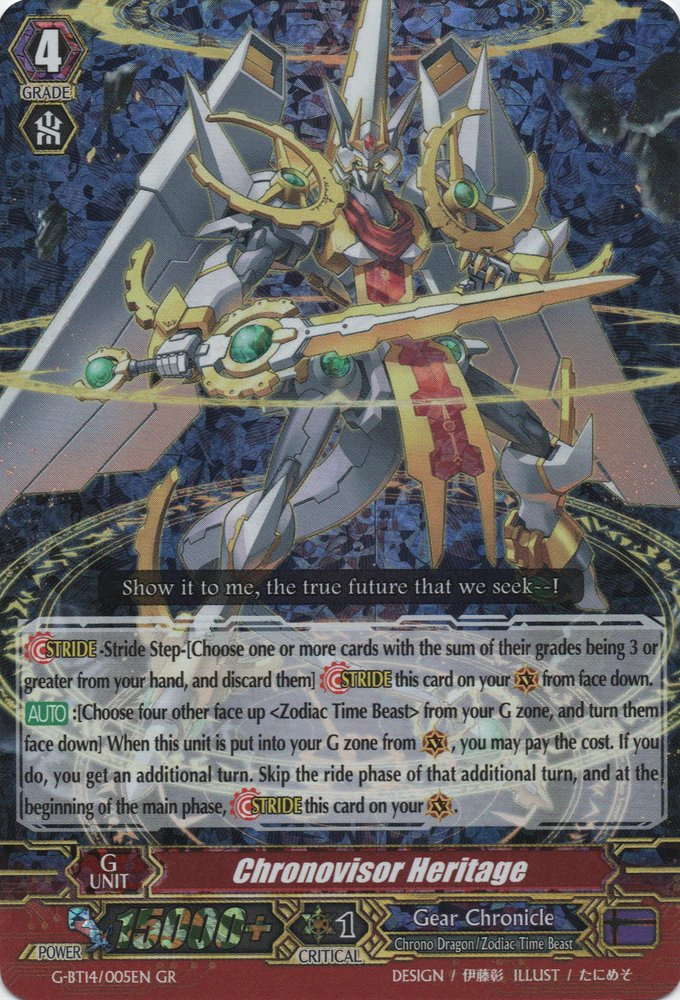How To Split Cards In Blackjack
If you’ve ever played blackjack, you already know that if you get two identical cards in a hand, you can split them into two separate hands. This action is referred to as a “split”. These two hands are then treated as two separate players. Each of them may be split again (in case of getting another identical card) or doubled. How to Split in Blackjack: Rules The only condition when splitting is available is when you have a pair in the initial hand. You cannot split after a hit or any other move. Thus, if you get 6-6, and then another 6, you cannot split your hand. Certain card combinations should always be split, no matter which cards the dealer has. These must split pairs are as follows. Having two aces in one hand means they have a value of 12. The first ace counts as an eleven, while the other serves as a one. Keeping this pair means that you can only hit blackjack by drawing a nine. In addition, when you play blackjack at a land-based casino — there is a way to signal split to the dealer. You simply place the next bet close to your original wager and form the letter V with your index and middle fingers. It won’t hurt to also say ‘split’ if you consider it necessary. Splitting ACES is one of the best cards you can play in blackjack. You should also re-split your ACES. When you have 8’s: having two 8’s would make a total of 16, however, it is more likely that the dealer can also have a 16 too. Standing on a pair of 8’s against a dealers 16 would be a push.
One of the key aspects of blackjack is splitting. Knowing when to split, and doing it effectively separates good players from great ones. Of course, every table is slightly different in how many splits you are allowed to do. On average, you will be able to split a maximum of three times.
You are able to split when you are dealt a pair – two of the same cards. If you choose to split, you have to double your wager for the current round. In turn, you will be dealt two more cards – one for each split card.
This means you are effectively playing two hands at the same time. Despite this, the round proceeds normally. You simply have two chances to either win or lose against the dealer.
Certain card combinations should always be split, no matter which cards the dealer has. These must split pairs are as follows.
Aces
- Having two aces in one hand means they have a value of 12. The first ace counts as an eleven, while the other serves as a one. Keeping this pair means that you can only hit blackjack by drawing a nine. If you get a ten or above, your second ace will also be played with a value of one.
- If you split your aces, you have an eleven in each hand. This allows you four ways to win a blackjack: by drawing 10, J, Q, and K.
Eights
- Getting a pair of eights is a bit of bad luck. But the good thing about blackjack is that we can use math to determine whether we should keep or split a combination. And in every case, splitting your eights works out better.
- Keeping an eight pair means your total sum is 16. As such, any card you draw above five means you go over 21, causing you to bust. Hitting while you have a 16 is risky. But standing isn’t optimal either, as the dealer can easily beat your weak hand.
- By splitting a pair of eights, you make it impossible to bust on your first hit. As a result, you can hope that the second card you draw in both cases will improve your hand.
Re-split Aces and Eights
- The odds of getting another pair of aces or eights after splitting for the first time is small, but it can happen. If this happens, you will want to re-split aces and eights, for the same reason we mentioned above.
- Do note that different blackjack tables have different rules. A large number of operators will limit how many times you can resplit. Three resplits seems to be the default among blackjack games.
Just like there are pairs you should always split, there are card combinations which should never be split. Splitting these numbers lowers your odds of winning, so avoid doing it at all costs.
Fours
- A pair of fours by itself isn’t a bad hand. Your total sum is eight, meaning it’s impossible to bust when you receive a third card. If you get the highest value card (an ace), you can go up to 19. This is a strong hand with which you can comfortably stand and expect a win.
- In contrast, splitting a four pair means you have two weak hands. You can only improve this hand if you get a five, six or seven. If you get an eight or higher, you’re at risk of busting if you hit again.
Fives
- Splitting fives runs into the same problems as splitting fours. You’re trading in a strong initial hand for two weak ones. A pair of fives cannot bust, and have a chance at winning a blackjack!
- At the same time, splitting will either give you a weak hand, or a hand that’s at risk of busting if you hit again. Because of that, splitting fives is never a good idea.
Blackjack Split Chart
Tens
- But the biggest mistake you could make is splitting a pair of tens. If you keep your ten pair, you have a sum total of twenty. As a result, you can stand and expect an almost guaranteed win! The only way the dealer can beat you is if they draw a blackjack.
- If you split, you’re almost guaranteed to end up with a worse hand. That’s because only one combination can improve your situation: and that’s if you draw an ace. Drawing any other card will weaken your hand.
Finally, there are some splits which you should take on a case by case basis. Whether or not you split will depend on what cards the dealer has revealed.
Twos, Threes, Sevens
- If the dealer has a relatively low hand (seven or below), you should split your twos, threes and sevens. If the dealer has an eight, you should split twos and threes, but not sevens. And if the dealer has a nine or above, you shouldn’t split at all. Instead, just hit and hope you get a good third card.

Nines
- A pair of nines gives you a sum total of eighteen: a very strong hand! As a result, we split nines only in specific circumstances. If the dealer has a two, three, four, five, six, eight or nine revealed, then you can split your nine pair. If the dealer is showing any other card, you should stand.
Sixes
- With a pair of sixes, you should only split if the dealer’s revealed card is a two, three, four, five or six. But if a dealer’s revealed card is seven or above, you’re better off hitting instead. Hitting with a pair of sixes isn’t completely risk free, but it beats going against a strong hand with two potentially weak hands of your own.
Doubling your winning odds by splitting a pair can give you a truly nice advantage, but only if done in accordance with the basic strategy rules. If you are new to Blackjack, splitting certain pairs and thus actually reducing your chances of beating the house is a common mistake, often made by of all those who prefer following a jungle path instead of employing a certain structure to their gameplay.
What Is Splitting and How Does It Work?
The move is obviously not obligatory and you could very well just skip it, but a weak hand can be significantly improved when the cards are separated, whereas a hand that’s already strong can potentially generate two winning hands – all the more reason to split and gain an advantage over the casino.

If playing online, any dealt pair will automatically trigger the option to split, which the player can either select or disregard. Choosing to split will immediately separate your two cards and they will be played independently – this means that you will draw the cards for each of the hands individually and potentially win or lose on both hands at the same time.
When to Avoid Splitting Your Pair in Blackjack?
There are some limitations applied to card splitting which are not related to the game strategy, but rather with the rules imposed by the casino. Most casinos allow the players to split the hand twice, whereas the split Aces cannot be re-split. According to the house rules, once the Aces are separated only one card can be drawn for each of the two new hands. Whether or not the player will be able to Double Down after a split depends on the casino since not all operators will permit it.
The second stage of splitting is deciding if the move will be beneficial. According to the basic Blackjack strategy, a pair of 5s should never be separated – keeping them together is a terrific chance to Double Down and acquire a stronger hand, like 18 or up. Should you decide to split this pair, a hand with a higher probability of busting could be dealt, the so-called “stiff” Blackjack hand.
Splitting a pair of 4s will be conditioned by the casino’s policy on Doubling Down. If you are allowed to do it, creating two separate hands out of a pair of 4s (if the dealer’s up card is 4 – 6) would be a good idea since there is a great chance of being hit with an Ace, 5, 6, or 7.
The same rule can be applied to a pair of 2s and 3s – split them if the casino approves the Double Down move. Otherwise, keep them together.
A pair of 10s should always be left intact as this hand is very likely to win, being the closest to 21 without busting.
When Should I Split?

How To Split Cards In Blackjack Games
For the most part, the dealer’s up card will guide your decision and ultimately affect your final move.
A pair of 9s, for example, should always be split unless the dealer holds a 7. There is a decent chance that the dealer will end up with a hard 17 and your 18-hand will win.
Splitting your 8s is unfortunately not that simple but a lot of players will do it since this hand can easily bust or lose if kept together. Ideally, if the hand is split, it will either amount to 19 or 20 after a couple of draws or result in a push.
How To Split Cards In Blackjack Game
When the dealer has a 2 – 7 card, it is highly recommended to split your 6s and 7s. The idea here is to avoid busting (which is likely to happen with these two pairs) and to benefit from the likelihood of the dealer’s forming a “stiff” hand.